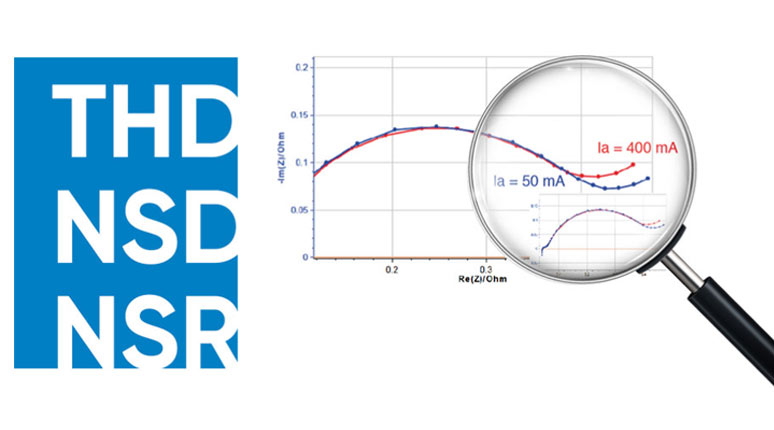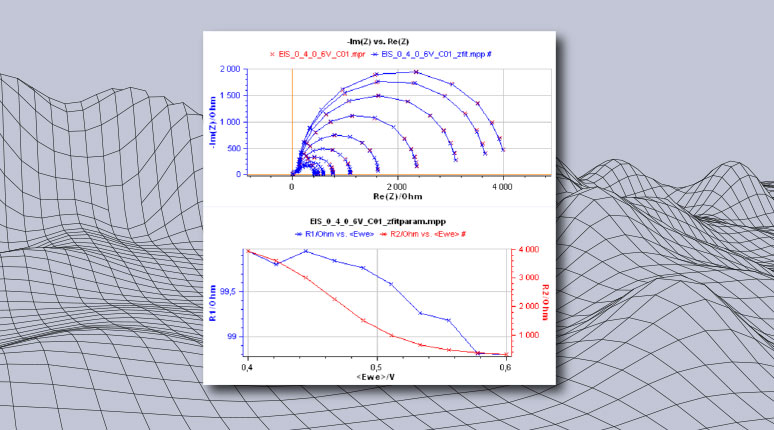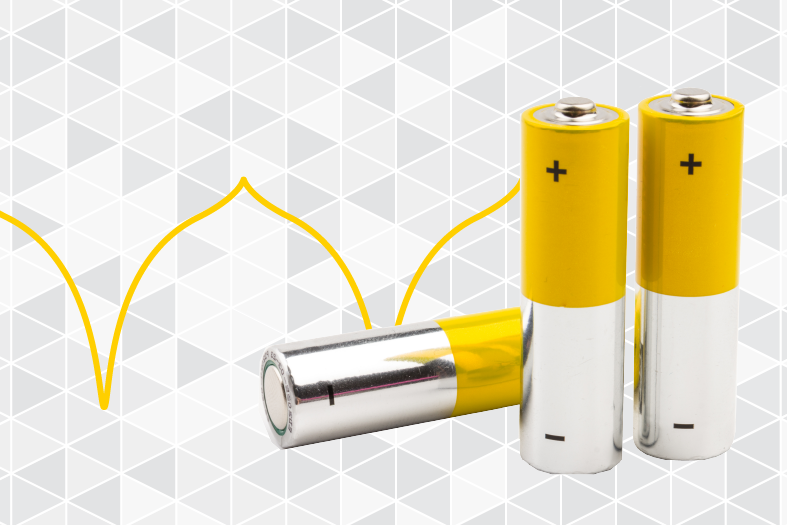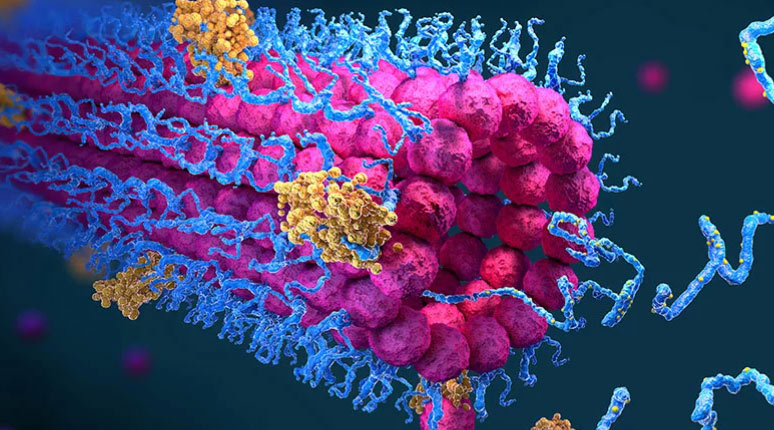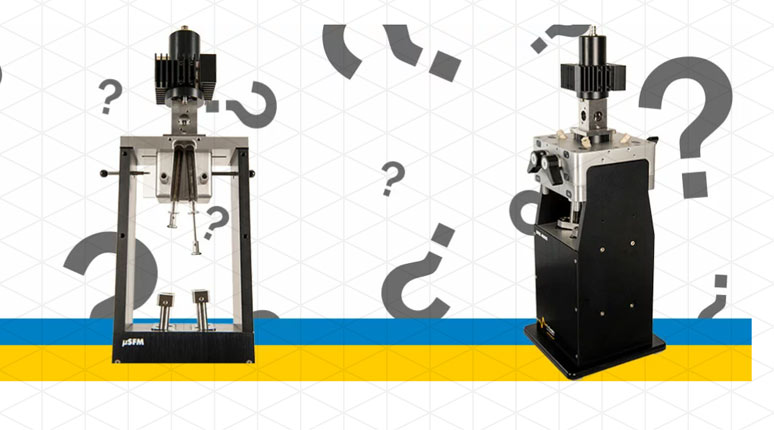Learning Center.
An ever-growing source of articles to help you with your research
looking for a specific article?
Search by application
Hot topics
 Read the article
Read the articleInternal Resistance series. Part II: How to determine the internal resistance of a battery
This second in a series of 3 articles will help you to understand internal resistance and how it can be measured.
 Read the article
Read the articleWhat is a battery cycler?
What should I know about battery testing equipment?
 Read the article
Read the articleWhat is a potentiostat and its use in Science & Industry (Electrochemistry Basics Series)
What is a potentiostat? An article detailing every aspect of this versatile electrochemical multitool. Covers Potentiostat functionality and operation, the history of the potentiostat, uses and applications and the future of the potentiostat
Focus on EIS for energy.
 Read the article
Read the articleEIS and Battery Screening
Article describing how advanced EIS battery cyclers can play a multipurpose role in battery screening.
 Read the article
Read the articleHow to check and correct the time variance of your system under EIS measurements
The article gives details of the tools available in EC-Lab® to help you check and correct the time variance of your system so it does not affect your EIS measurements.
 Read the article
Read the articlePEIS or GEIS or GEIS-AA? That is the question.
This article explains when Electrochemical Impedance Spectroscopy (EIS) should be performed under potentio control (PEIS), galvano control (GEIS) and when GEIS-AA should be used.

Focus on Advanced EIS .
is a curated collection of articles designed to provide in-depth insights into the diverse applications of BioLogic instruments within the field of electrochemistry.
This resource offers detailed discussions on specific electrochemical topics, showcasing how BioLogic equipment can be effectively utilized for research, development, and quality control purposes.

 Read the article
Read the articleHow to make reliable Electrochemical Impedance Spectroscopy measurements with EIS QI™
To be considered reliable, EIS measurements must be performed on a system that is linear, in a steady-state and time-invariant. Quality Indicators are made available to users of EC-Lab® to ensure that the system fulfills these requirements.
 Read the article
Read the articleZFit: How the sensitivity factor can help optimize the equivalent circuit
Sensitivity functions can help you decide if a specific parameter is relevant or not.
 Read the article
Read the articleZSim and ZFit as learning tools. Part V – How to choose the proper equivalent circuit?
This article gives tips, tricks and general guidance for choosing the proper equivalent circuit.
Focus on Battery Cycler.
 Read the article
Read the articleEIS and Battery Screening
Article describing how advanced EIS battery cyclers can play a multipurpose role in battery screening.
 Read the article
Read the articleHow to read battery cycling curves
An overview of how to read cycling curves and their relevance to battery performance/behavior
 Read the article
Read the articleHPC: The importance of ultra-precision battery cyclers
As opposed to standard cycling techniques, High Precision Coulometry (HPC) measurements can provide a reliable estimation of battery lifetime quickly

Focus on Advanced Corrosion techniques.

 Read the article
Read the articleElectrochemical characterisation of a corrosion system by Impedance spectroscopy
Electrochemical impedance spectroscopy (EIS) is a powerful analytical method used to investigate the electrochemical properties of a wide range of electrochemical systems
 Read the article
Read the articleGuidelines for proper Electrochemical Noise (EN) measurements
How to properly perform EN measurements with BioLogic products.
 Read the article
Read the articleHow to decode the standard test methods for corrosion?
This article discusses corrosion techniques available in EC-Lab in compliance with ASTM and JIS standards.
Focus on Rapid Kinetics.
is a curated collection of articles designed to provide in-depth insights into the diverse applications of BioLogic instruments within the field of electrochemistry.
This resource offers detailed discussions on specific electrochemical topics, showcasing how BioLogic equipment can be effectively utilized for research, development, and quality control purposes.
 Read the article
Read the articleWhat are stopped-flows and how do they help chemists and biochemists understand high-speed chemical reactions?
A global overview detailing the purpose, functionality and design of stopped flows - important instruments used in rapid kinetics experimentation
 Read the article
Read the articleWhich quench flow for my lab?
There are three ageing methods and three models of quench flow instrument. So, which one is right for me?
 Read the article
Read the articleWhich stopped-flow for my lab?
A short guide to help you pick the right Biologic stopped-flow model to suit your needs.

Need support?







